Latest
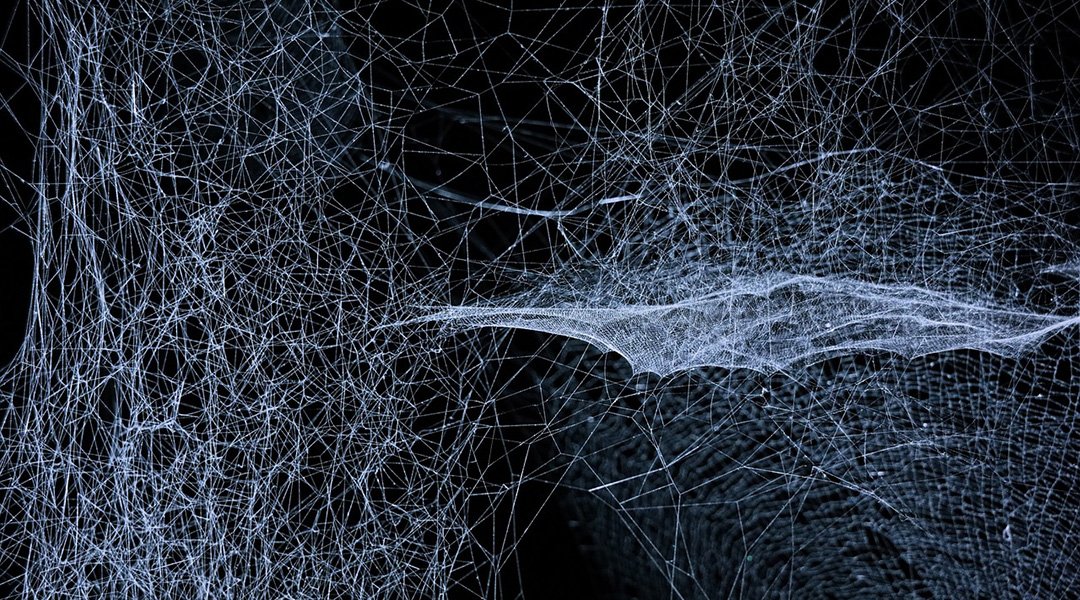
A “dark dimension” could help explain the origin of dark energy
Scientists propose that mysterious dark energy could be understood if we look at the Universe through the lens of string theory.

Securing data with bright entangled photons
Secure data sharing methods using quantum key distribution via satellites promise advancements in long-distance quantum communication.
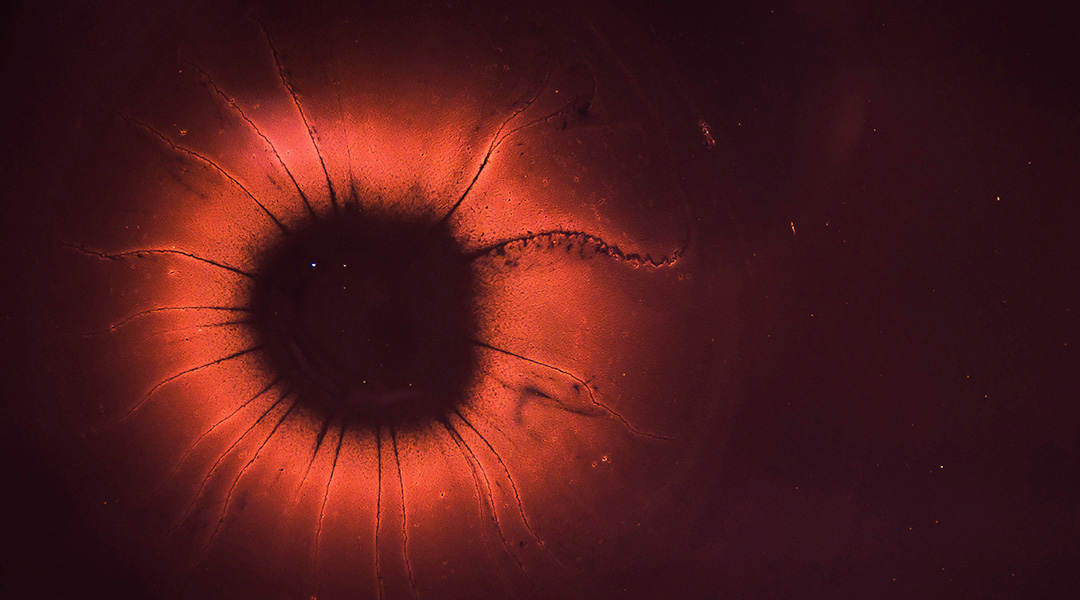
Study finds zombie cells may play a role in aging
Cells that can no longer divide may play a role in the chronic inflammation that weakens the immune system and contributes to aging.
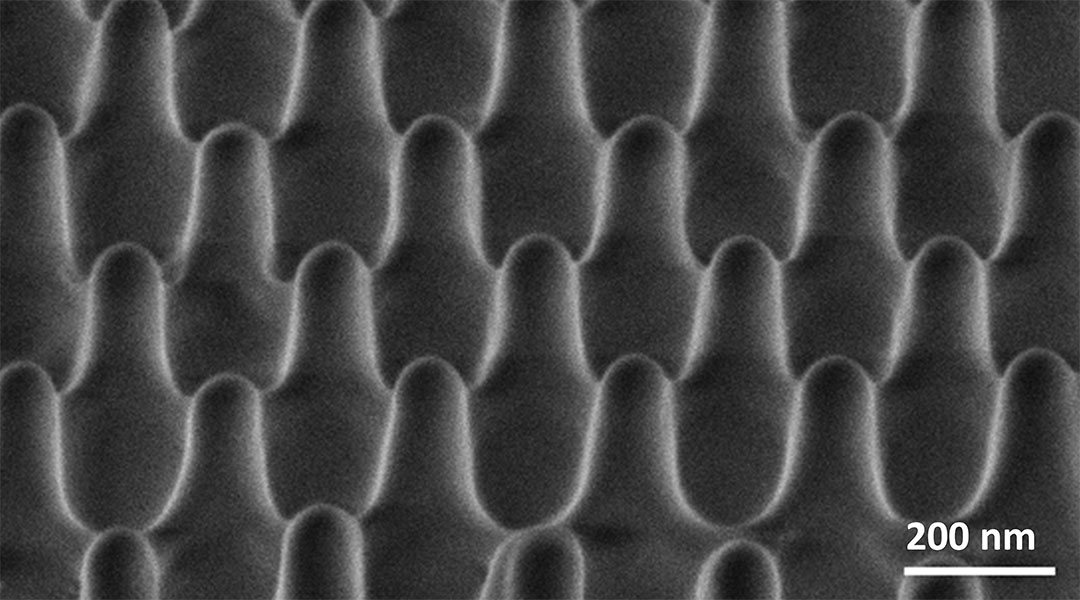
How much force does it take to kill a single bacterium?
Scientists are using nanomaterials to pressure bacteria and find new ways to combat antibiotic resistance.
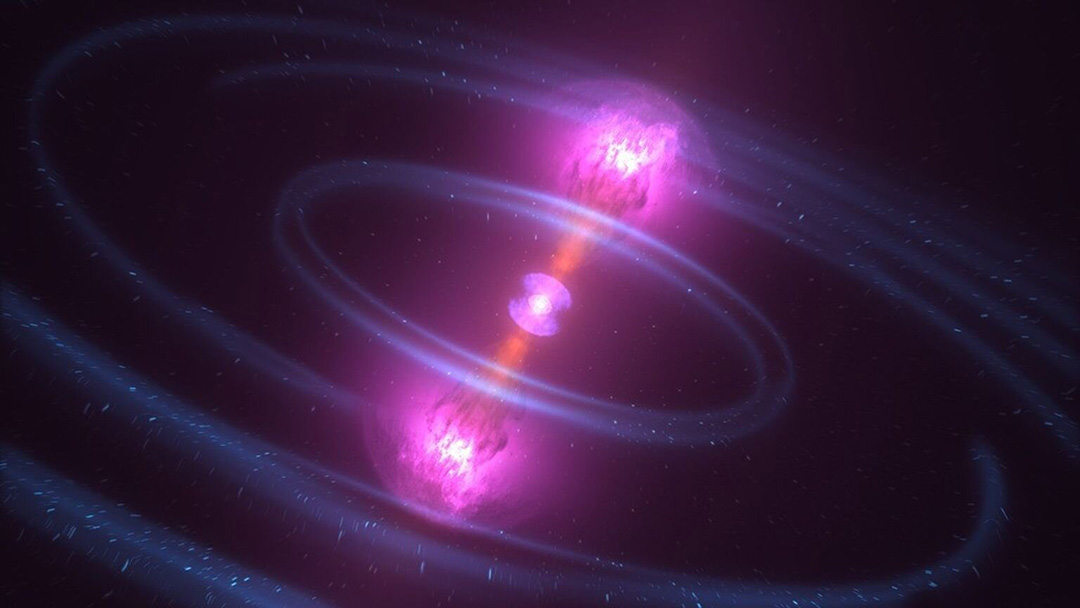
The secrets of a “rejuvenated” star revealed through its chemical fingerprint
Discover how the rare star HD 65907, a field blue straggler, formed from the merger of two stars.

Newly discovered quantum object could usher in new era of technology
Once relegated to theory, a newly discovered quantum object could be used to create new devices that will outpace modern electronics.
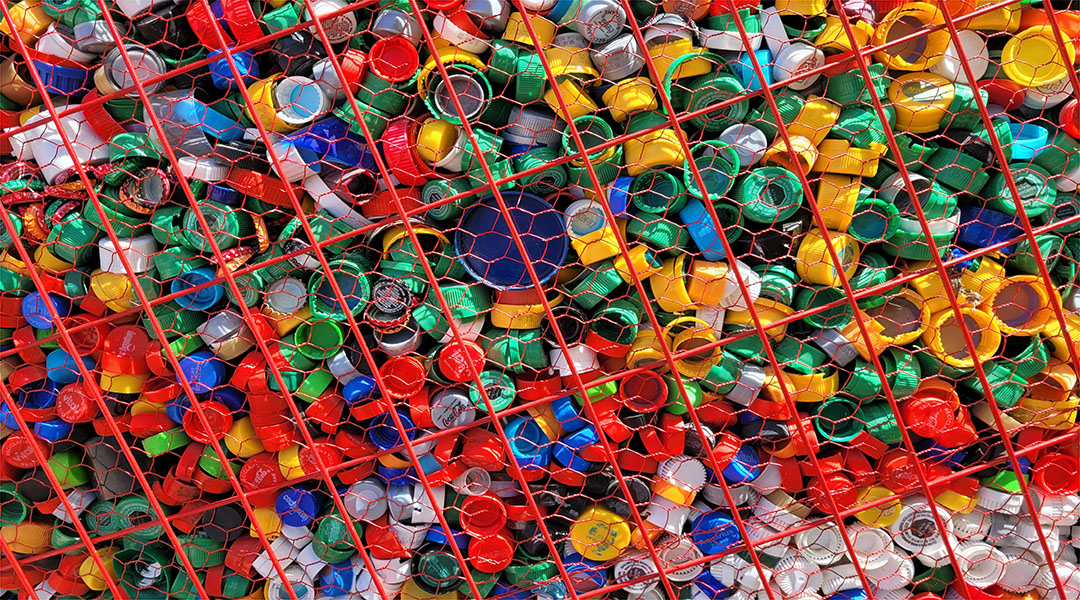
Bacteria in wastewater could be breaking plastics down for food
A common bacteria found growing on plastic in urban wastewater could provide new bioengineering solutions to clean up plastic waste.
ASN Weekly
Sign up for our weekly newsletter and receive the latest science news directly to your inbox.
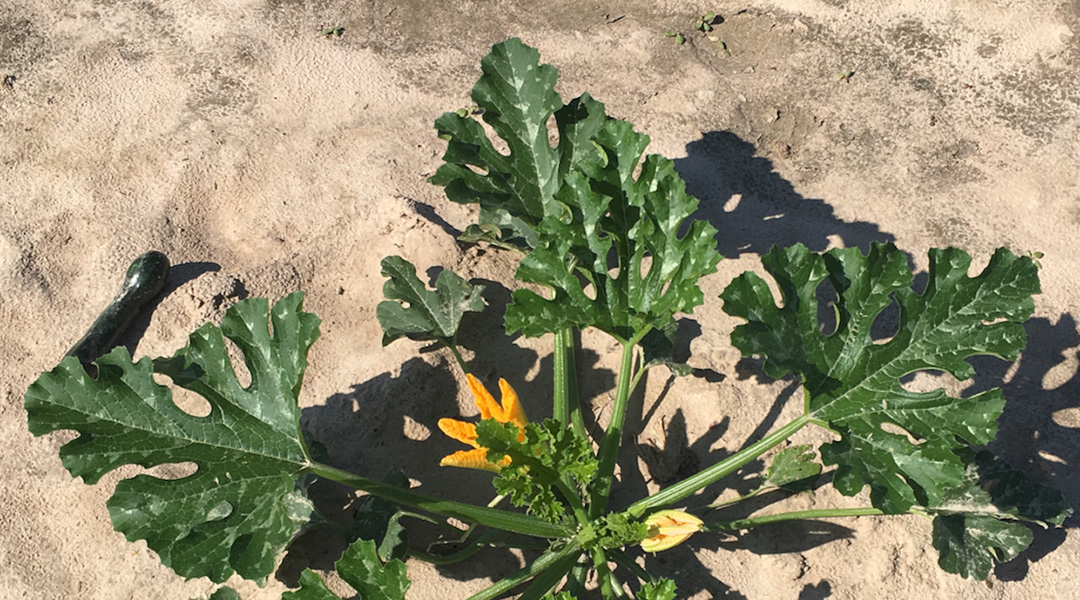
Plants signal danger and fortify neighbors against hungry insects
Squash plants send chemical warnings underground, empowering neighbors to resist insect attacks, providing insights into natural pest management.
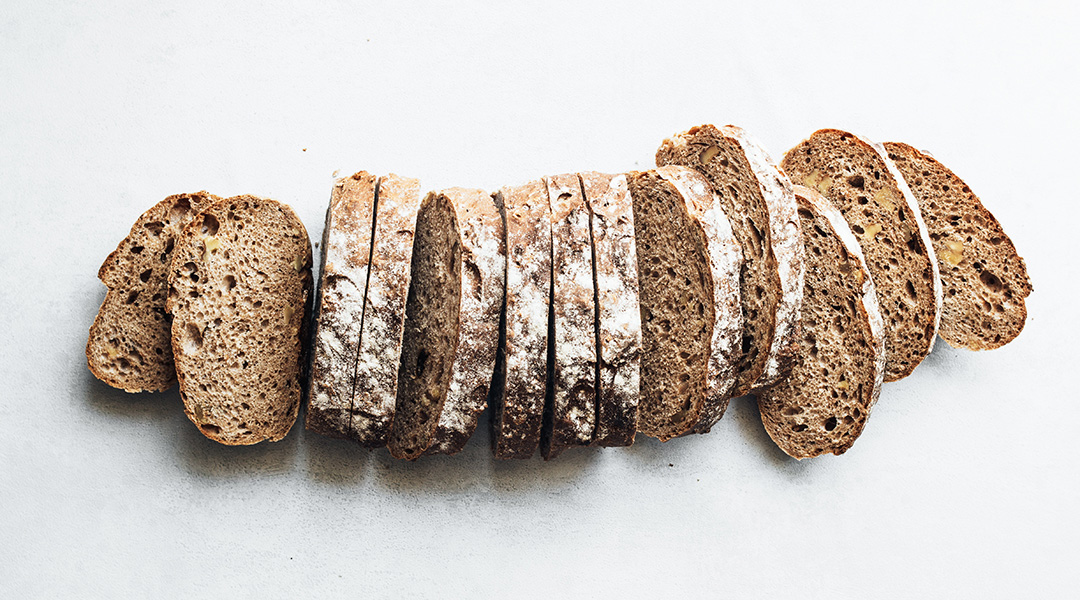
How expectations influence symptoms of gluten sensitivity
The nocebo effect appears to play a role in gluten sensitivity, indicating the brain’s possible involvement in the condition.
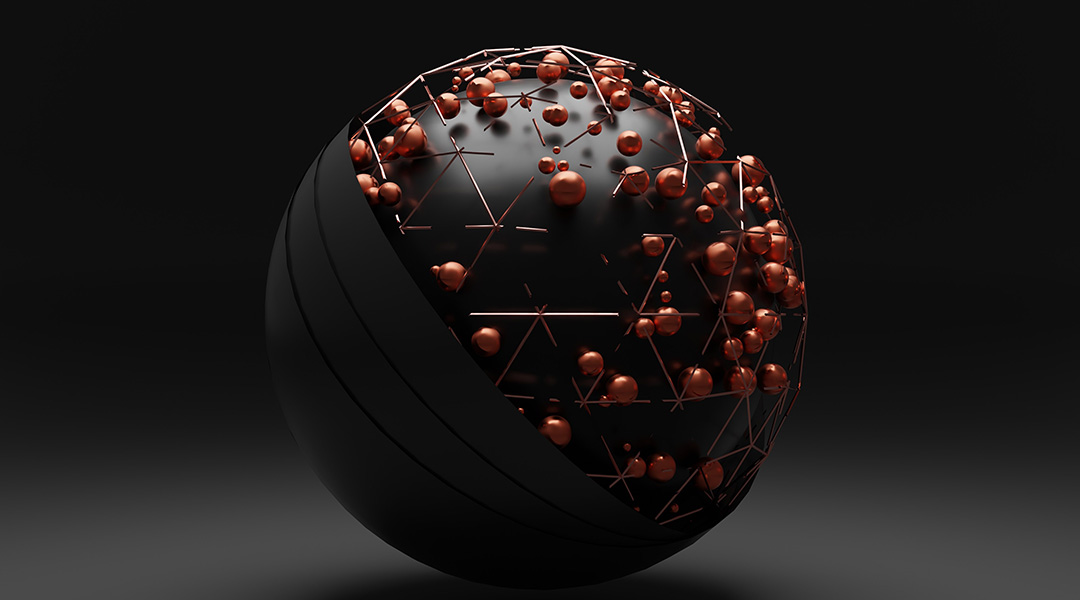
Next-gen computing replaces transistors with quantum dots
Scientists pioneer mixed-valence molecules in quantum-dot automata for faster, room-temperature operation, overcoming transistor limits.
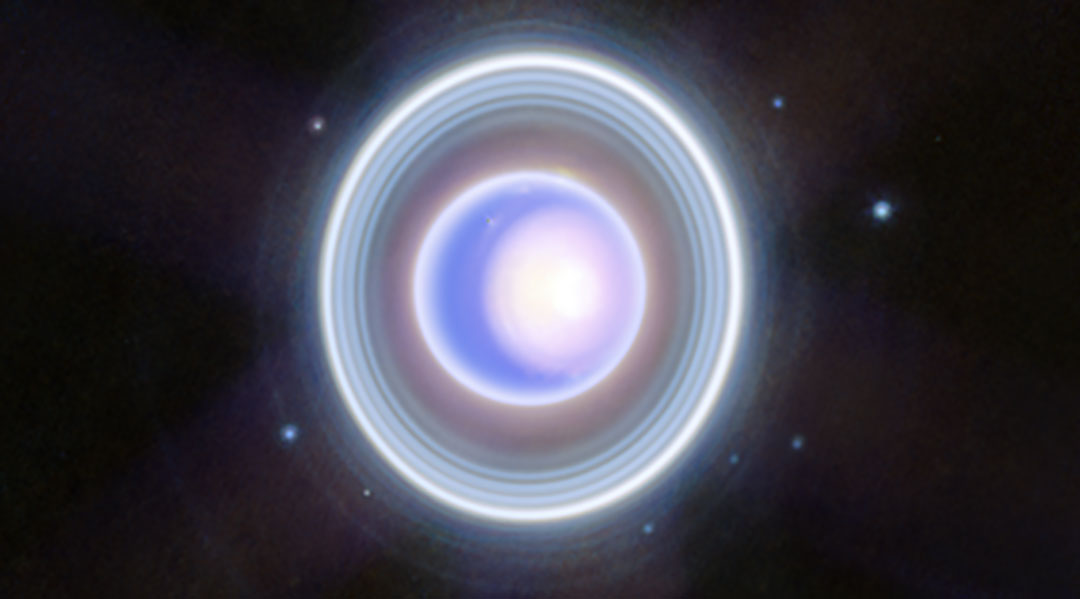
JWST captures stunning images of Uranus
The powerful telescope gave space fans an early Christmas present in the form of a detailed image of Uranus, observed using infrared light.
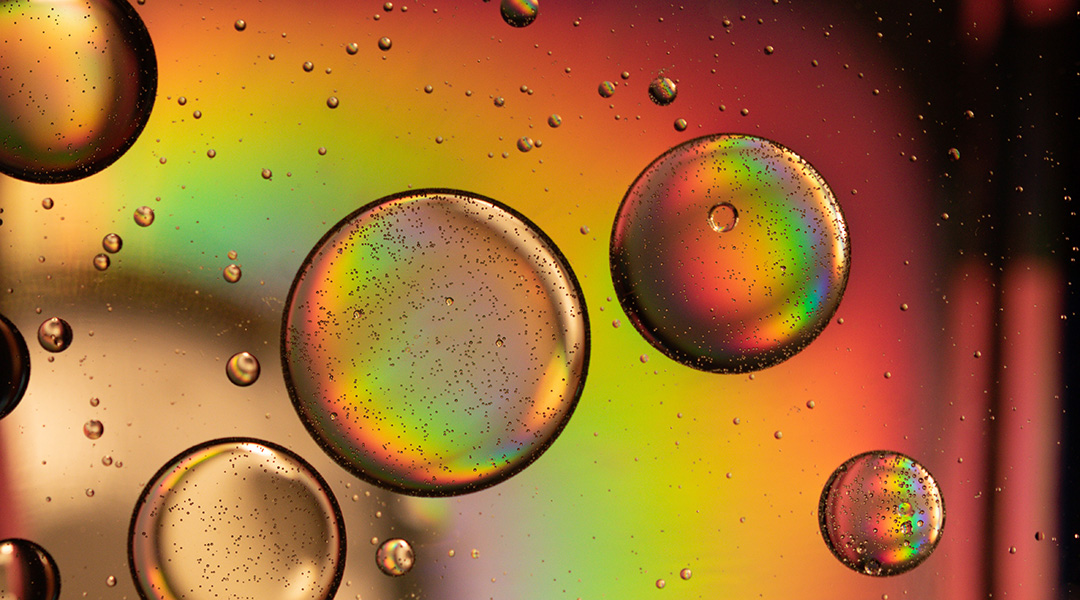
A carbon dioxide-recycling yeast boosts bioethanol production
A genetically engineered strain of yeast is reducing the amount of carbon dioxide produced during the production of ethanol biofuels.
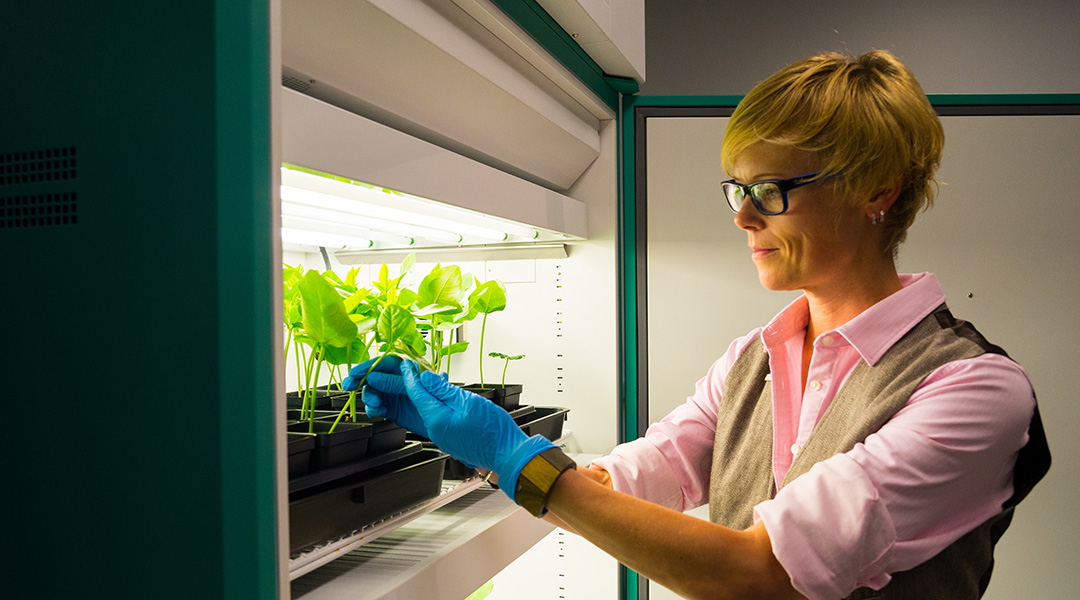
Cowpea virus immunotherapy prevents cancer metastases
Plant-based virus stimulates the body’s immune response to fight off established and budding cancer metastases.
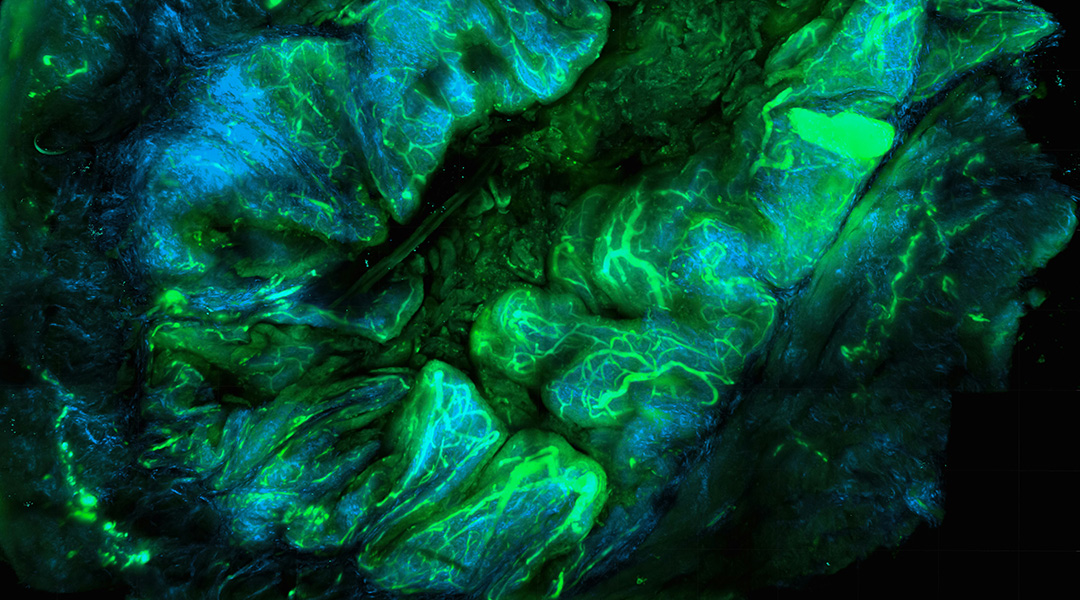
A universal set of probes helps scientists unlock the secrets of living cells
New probe system offers real-time protein mapping within living cells, unlocking insights into cellular function and disease mechanisms.
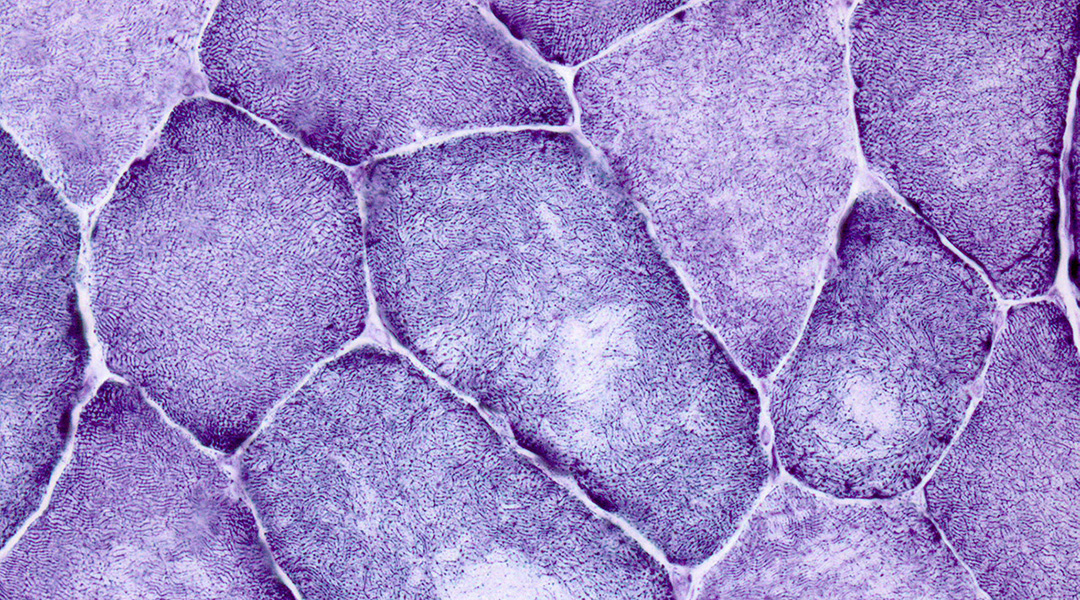
Scientists seek a new way to treat muscular atrophy
Understanding how muscular atrophy occurs on the cellular level could help researchers identify new drugs to treat the condition.
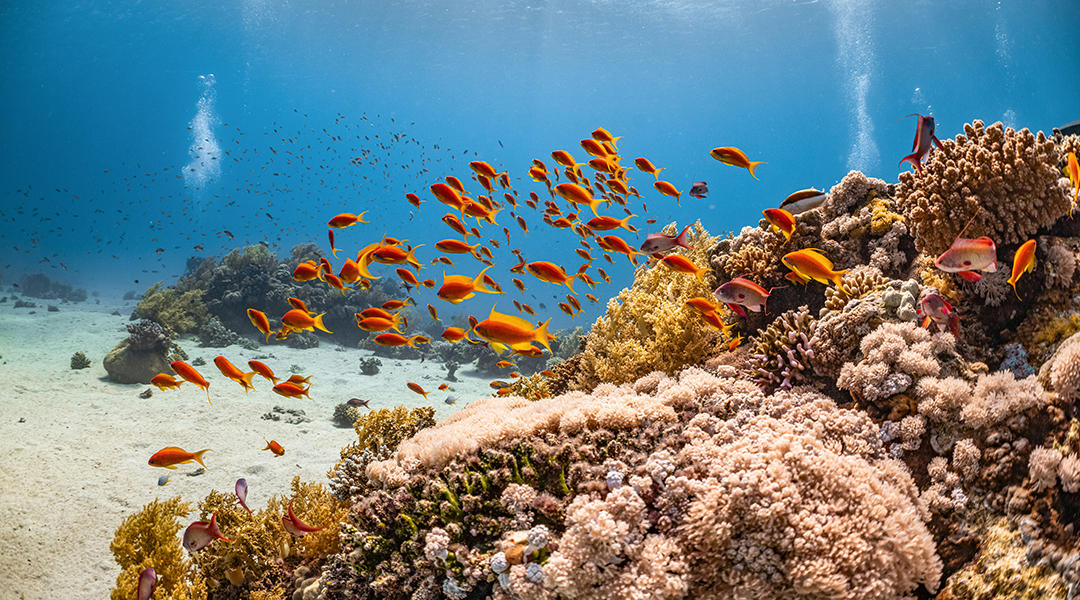
Network of coral reefs in Seychelles offer conservation hope
Mapping genetic connections between coral reefs allows scientists to identify and prioritize those acting as regional larval sources.
No Results Found
The page you requested could not be found. Try refining your search, or use the navigation above to locate the post.
No Results Found
The page you requested could not be found. Try refining your search, or use the navigation above to locate the post.
No Results Found
The page you requested could not be found. Try refining your search, or use the navigation above to locate the post.
No Results Found
The page you requested could not be found. Try refining your search, or use the navigation above to locate the post.
No Results Found
The page you requested could not be found. Try refining your search, or use the navigation above to locate the post.
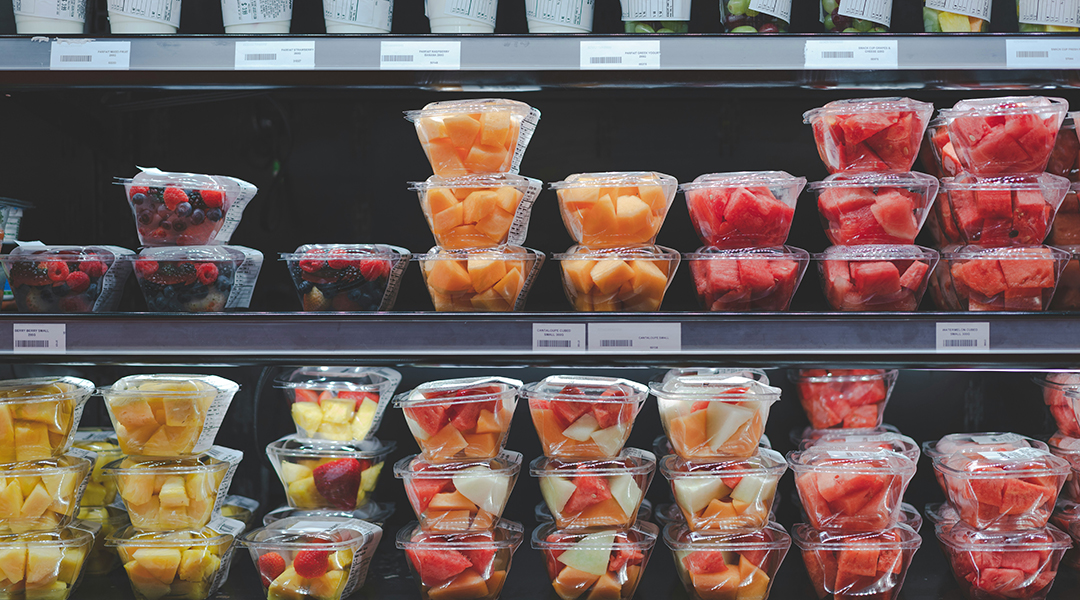
Cutting out processed foods doesn’t automatically make a diet healthier
Switching to less processed does not guarantee a healthy diet; the types of foods may be more important than their level of processing.
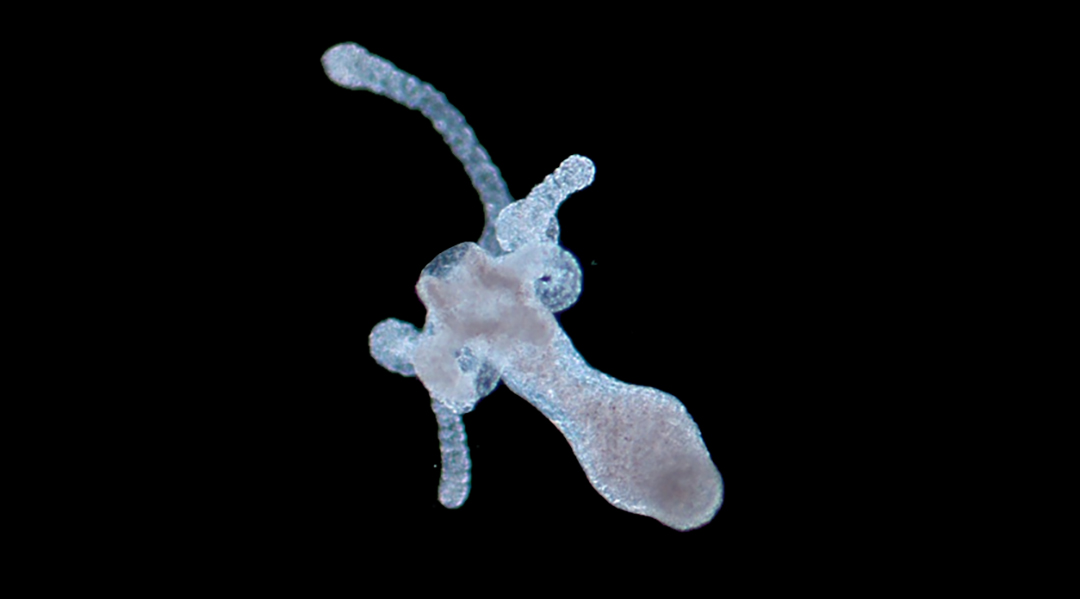
Gold nanoparticles help hydras regrow their heads
Gold nanoparticles and near-infrared light speed up regeneration and reproduction in hydras, providing insights for regenerative medicine.

Nanoparticles disrupt placenta, potentially affecting fetal development
Nanoparticles disrupted the placenta’s secretion of biomolecules essential for blood vessel growth, hormone production, and immune function.
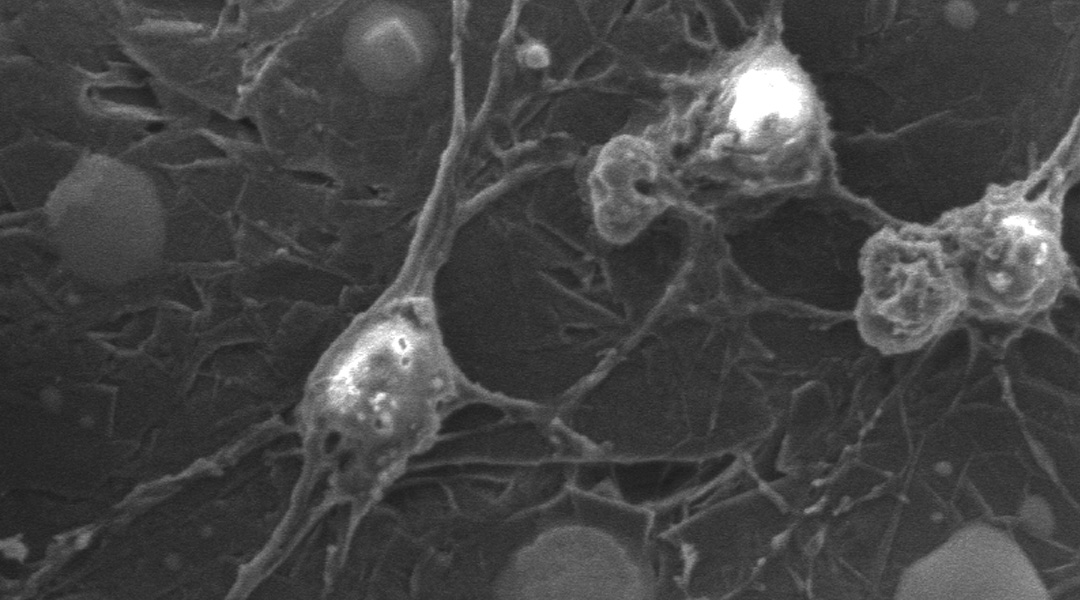
A patch fitted with stem cells helps repair damaged spinal cords
A patch delivers electrical pulses to help support stem cell growth, helping mice recover mobility in their hind legs in preliminary studies.

How the bias in algorithms can help us spot our own
People recognize their own biases in algorithms’ decisions more than they do in their own—even when those decisions are the same.

Electronic socks prevent foot-related complications in diabetic patients
An electronic sock detects an “unhealthy” walking style linked with diabetes and poor circulation to prevent foot ulcers and amputation.
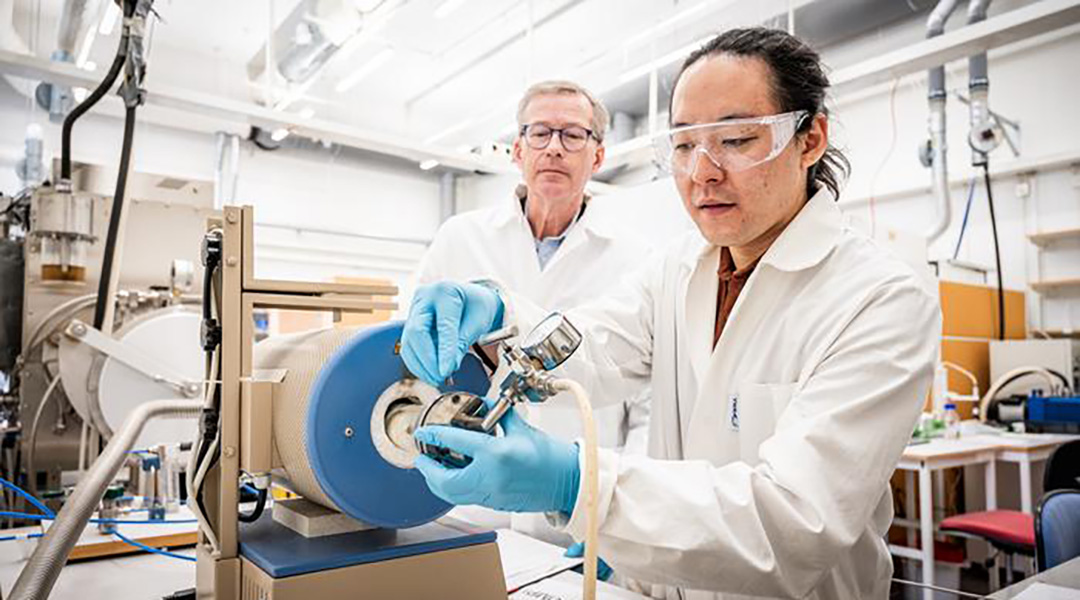
Goldene, graphene’s golden cousin produced for the first time
Scientists have managed to create sheets of gold only a single atom thick using a hundred-year-old Japanese smithing method.

Laser light induces magnetism at room temperature
Scientists create magnetism in a non-magnet at room temperature for the first time, with implications in quantum tech and computer science.

Antimicrobial resistance is an unwinnable arms race
Experts argue a new approach is needed so that we are less reliant on antimicrobial drugs, where less use means less resistance.
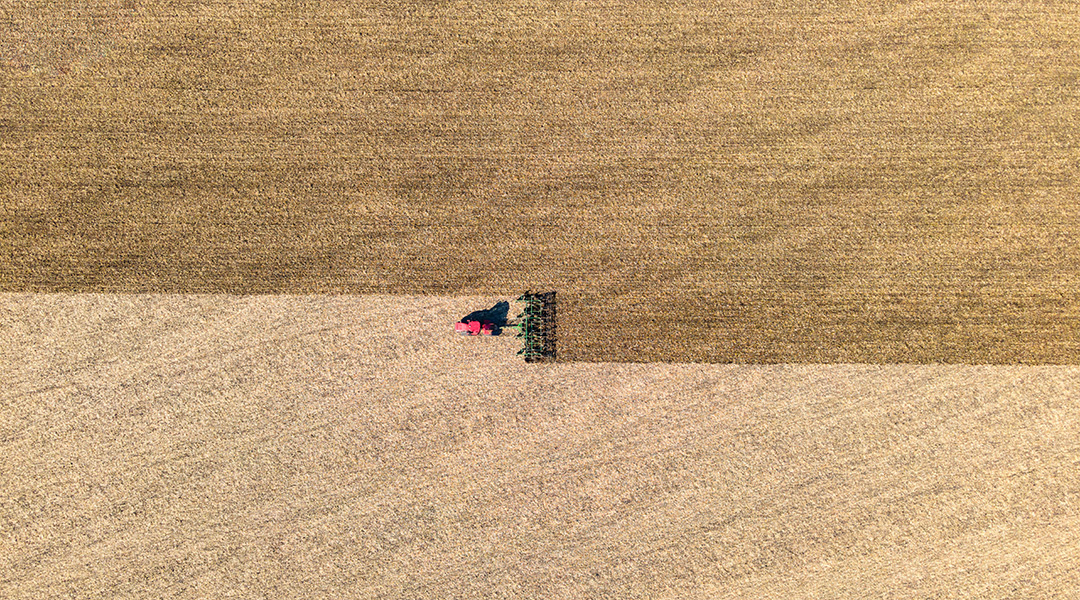
Just how secure is the global food supply?
According to researchers, crop yields could suffer considerably in the face of a sudden catastrophe, but we can prepare.

Fear of snakes may be driving them to extinction
With Africa’s population set to double by 2050, many snake species face a higher risk of extinction, prompting concerns among conservationists.

Gold nanoparticles could help coral reefs avoid extinction
Innovative cryopreservation technique revives adult corals, safeguarding their genetic material to seed future populations.
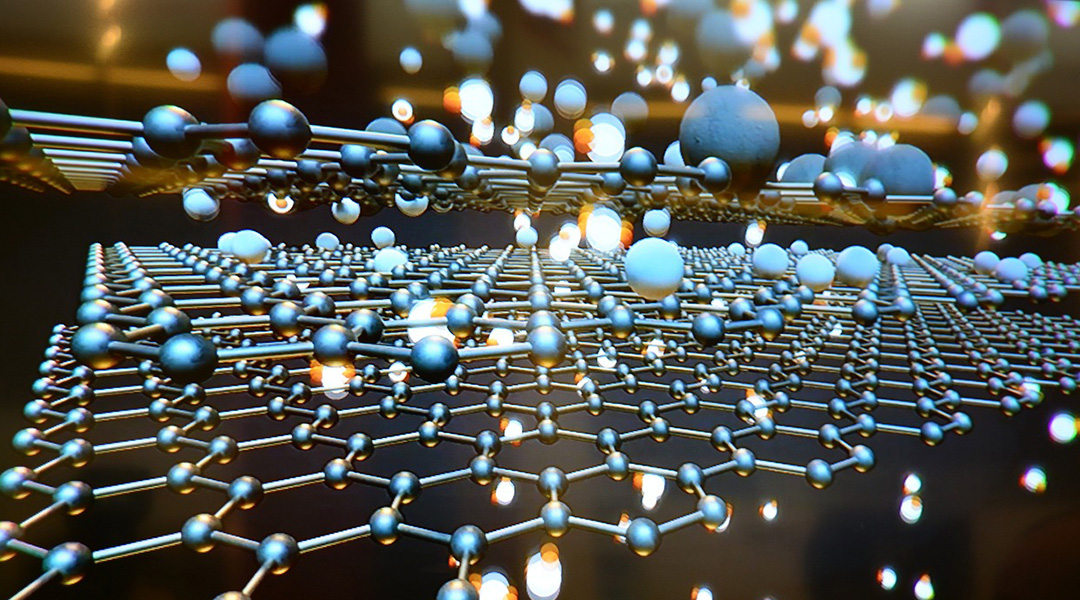
Graphene gets a magnetic boost
A new hybrid graphene incorporates new elements to help make the material magnetic for applications in electronics and computer science.
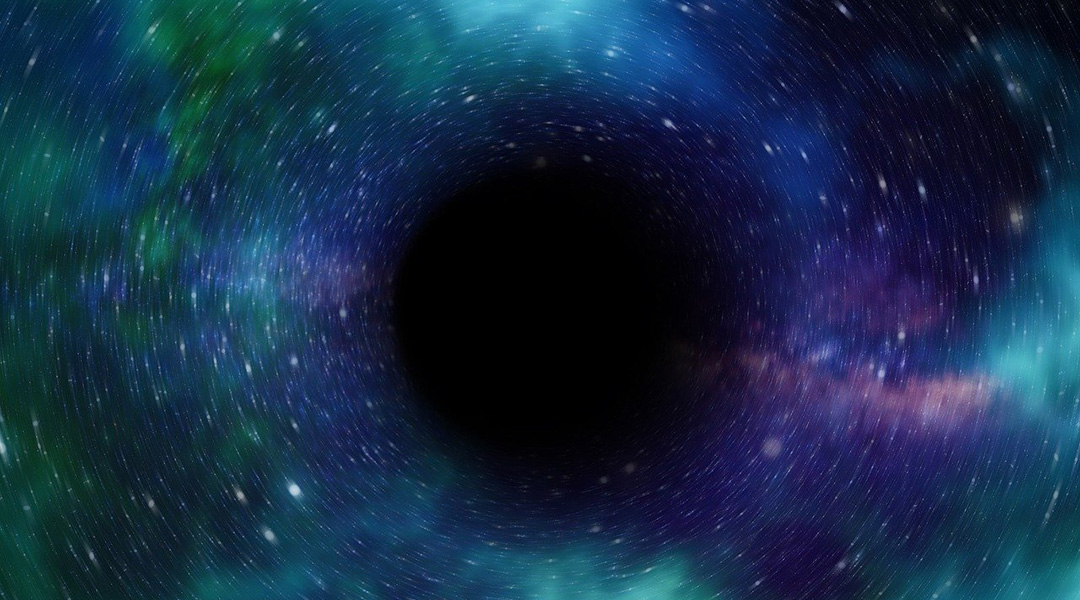
New JWST data challenges our understanding of supermassive black holes
The new findings contradict most observations of supermassive black holes, making this an unprecedented discovery.
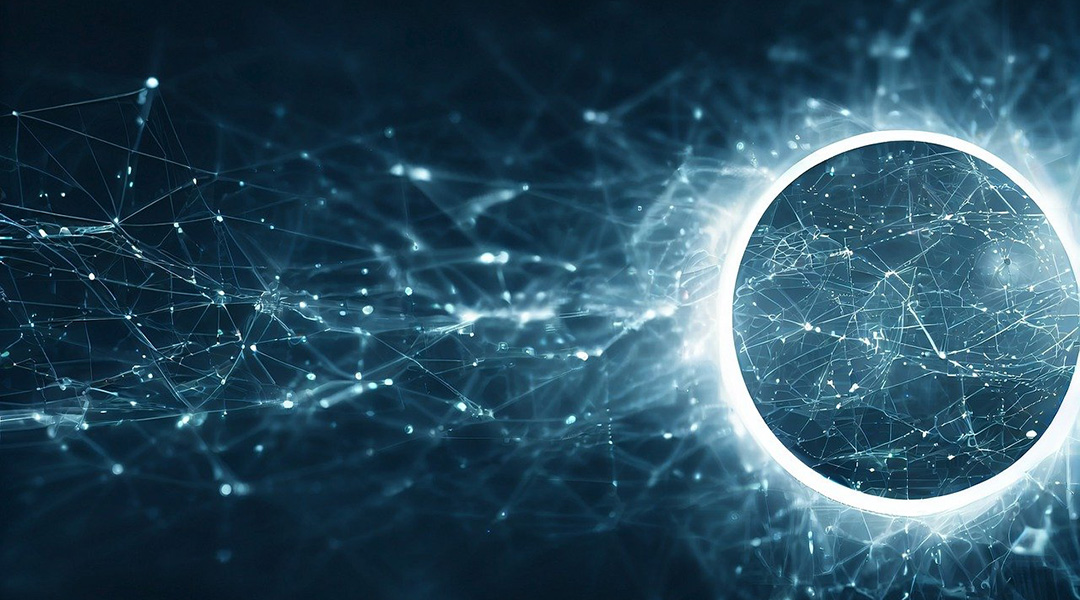
New test could help detect effects of quantum gravity
Gaining an understanding of quantum gravity could help scientists uncover some of the Universe’s deepest mysteries.
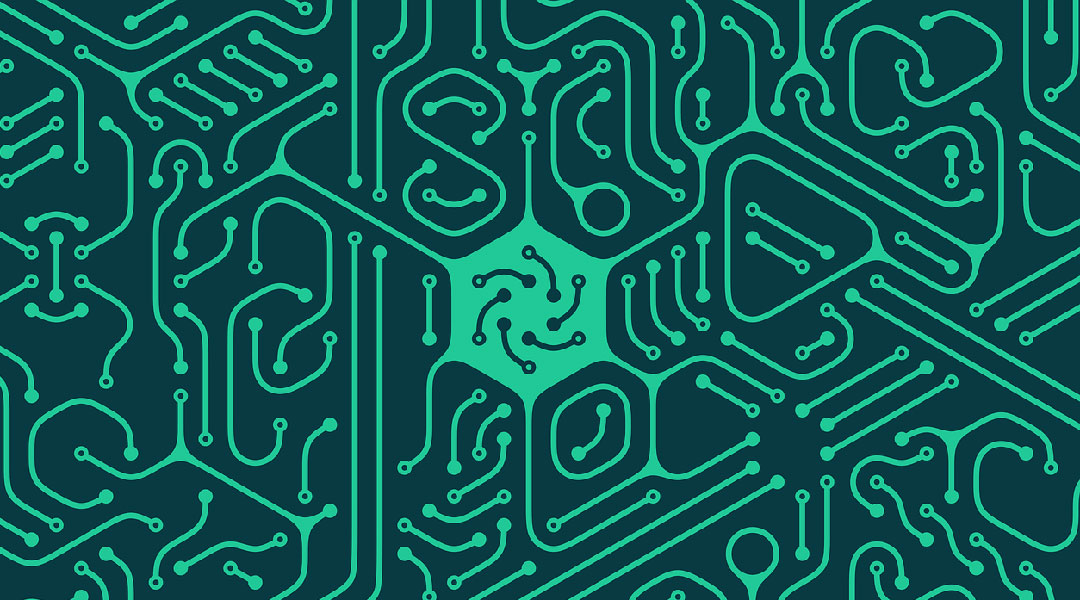
New memristor design could be a game-changer for AI and big data
Computers based on memristors promise significant energy savings and improved accuracy in large-scale computing.
